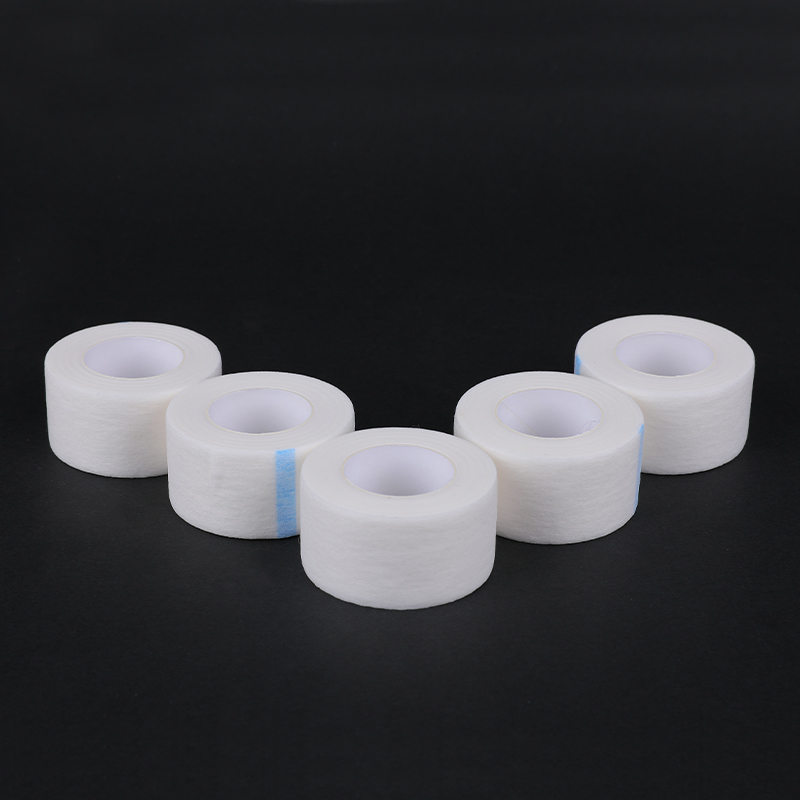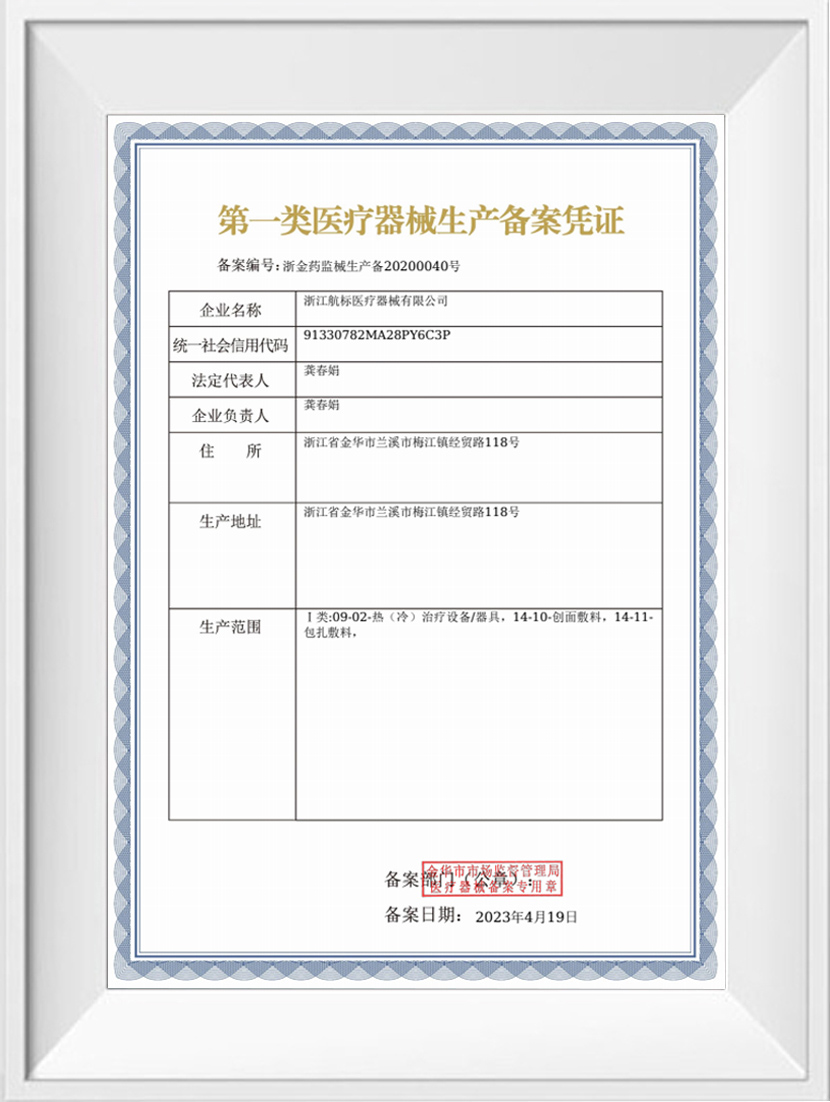Introduction
Silicone Scar Reducing Tape has become a favored solution for individuals seeking to improve scar appearance non-invasively. Among the many questions users have, the waterproof quality of the tape is crucial for those who want uninterrupted treatment while maintaining daily routines such as showering, exercising, or swimming. This article explores the waterproof properties of Silicone Scar Reducing Tape and what users can realistically expect during use.

Design and Material Composition
Silicone Scar Reducing Tape is crafted with a silicone-based adhesive layer and a flexible, breathable backing material. The silicone adhesive is water-resistant, allowing the tape to adhere securely to the skin even in the presence of moisture. The backing is designed to be semi-permeable, permitting some airflow while providing a protective barrier against water exposure. These characteristics help the tape maintain its position and function when exposed to water.
Water Resistance in Daily Activities
During everyday activities like hand washing, light sweating, or brief exposure to water, Silicone Scar Reducing Tape generally remains intact and effective. Silicone Scar Reducing Tape's water-resistant adhesive prevents loosening in damp conditions, and users often find they can maintain treatment without needing to remove the tape frequently. However, prolonged immersion in water—such as swimming or taking long baths—may challenge the tape’s adherence over time.
Limitations of Waterproof Performance
While Silicone Scar Reducing Tape resists water to a significant degree, it is not completely waterproof in the sense of being impervious to all water exposure indefinitely. Continuous soaking or vigorous water activities can cause the edges to lift or the adhesive to weaken, reducing the tape’s effectiveness and requiring replacement. Furthermore, water trapped underneath the tape can create a moist environment that, if prolonged, may irritate the skin or compromise scar healing.
Care Tips to Improve Waterproof Functionality
To enhance the waterproof performance of Silicone Scar Reducing Tape, proper skin preparation is essential. Cleaning and drying the skin before application improves adhesion. Avoiding excessive moisture exposure and quickly drying the tape if Silicone Scar Reducing Tape becomes wet can help prolong wear time. Users engaging in swimming or heavy sweating might consider using additional waterproof barriers or plan tape changes around these activities to maintain treatment continuity.
Practical Considerations for Users
Understanding the waterproof capabilities of Silicone Scar Reducing Tape enables users to balance scar treatment with their lifestyle. For those with active routines or water-related hobbies, the tape offers reliable protection for daily moisture but may require extra care for extended water exposure. It is advisable to monitor the tape regularly and replace it if signs of peeling or loosening appear to ensure consistent scar management.
Conclusion
Silicone Scar Reducing Tape demonstrates strong water-resistant properties that allow users to maintain scar treatment through typical daily moisture exposure. Although it is not entirely impervious to prolonged water contact, its design supports adhesion and effectiveness in common wet conditions. By following recommended application and care practices, users can confidently incorporate this tape into their routine without compromising scar healing. For specialized advice on waterproof scar care, consulting a healthcare professional is recommended.



